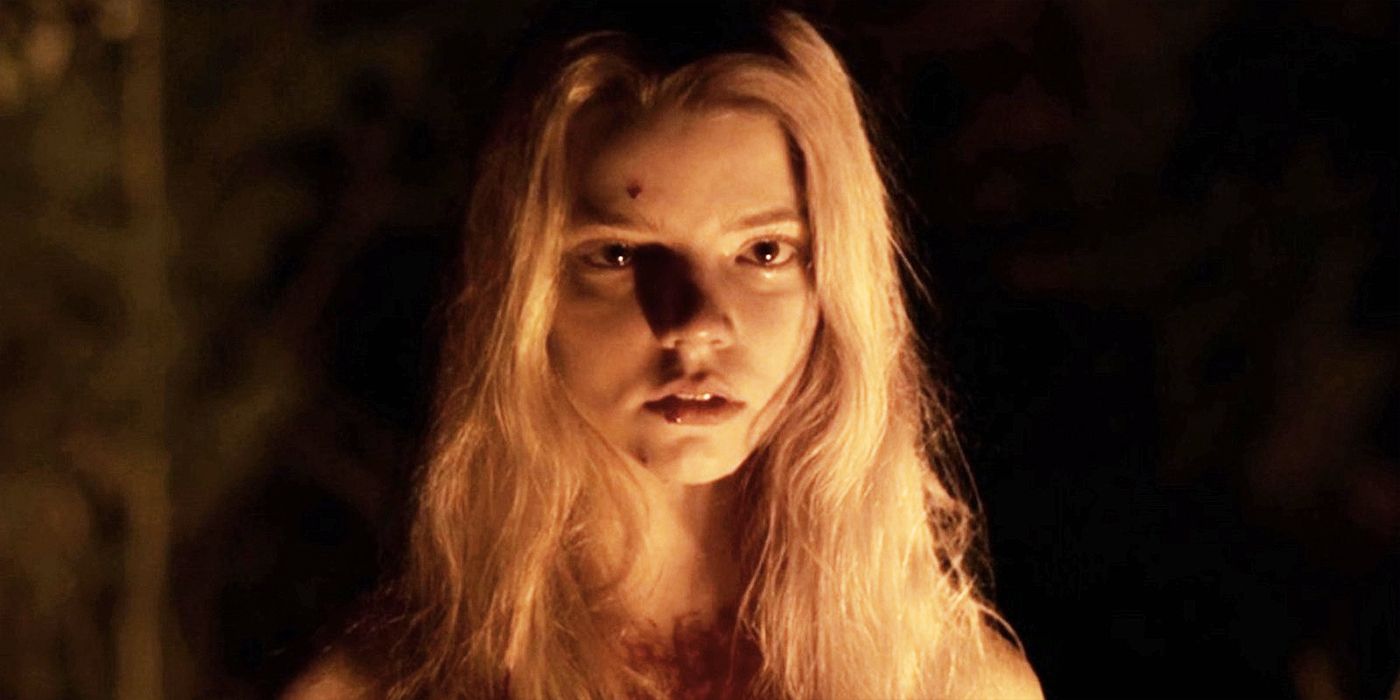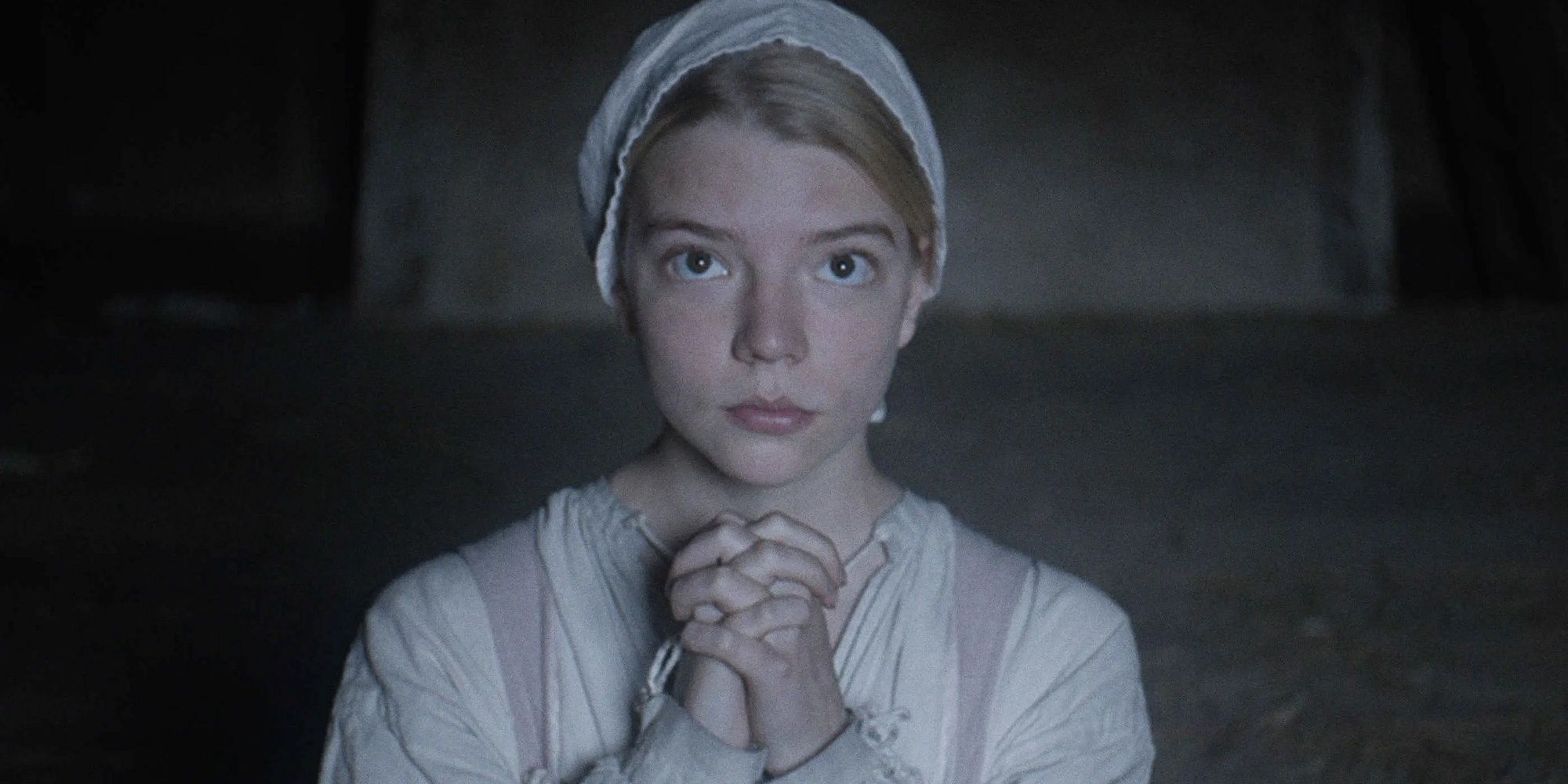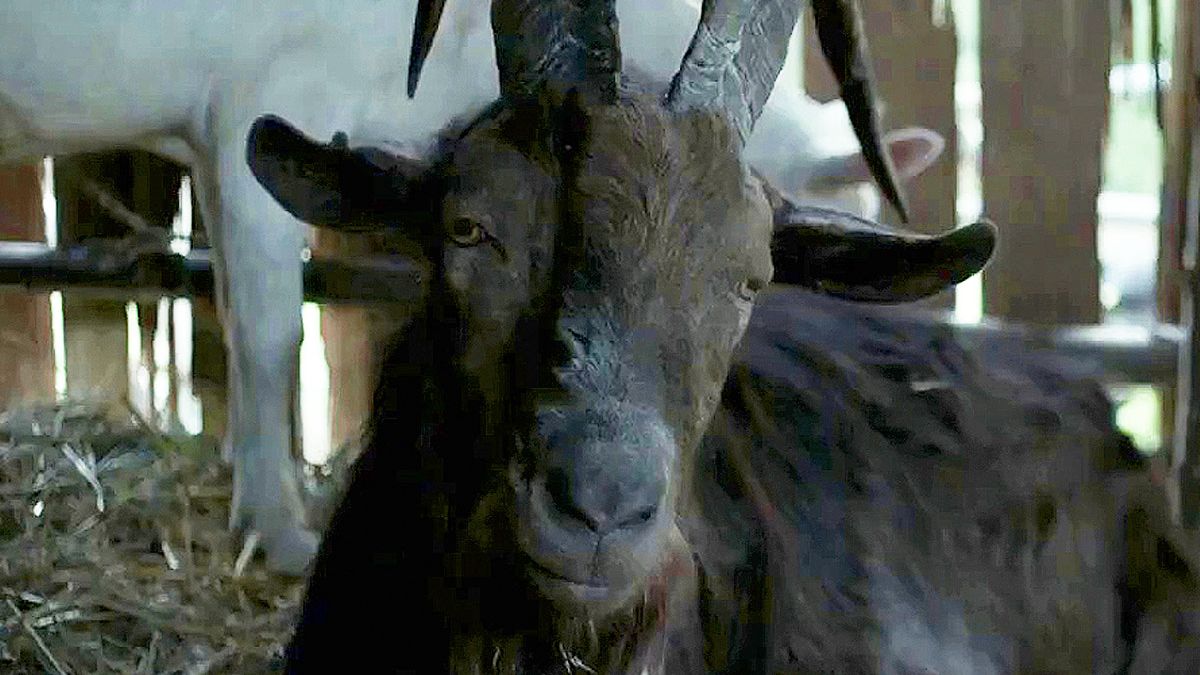The silver screen is no stranger to black magic or the witches that practice it. From light-hearted and comedic tales of witchcraft like The Wizard of Oz and Hocus Pocus to darker entries like Rosemary's Baby and Suspiria, witches make for a branch of the horror tree that persists through generations and genres. After all, there's something about the idea of an evil force lurking in the shadows and manipulating our lives that manages to stoke a deep-rooted fear and paranoia in us. The best witch films take this concept to craft original features that reinvent the very notion of witches and what they're capable of. A recent example of this is Robert Eggers' The Witch.
The film takes place in the early 1600s in New England, 60 years before the infamous Salem witch trials and revolves around a family of English settlers who has been banished from their Puritan colony due to religious disagreements. In response, parents William (Ralph Ineson) and Katherine (Kate Dickie) pack up their children and build themselves a farm on a secluded piece of property near the edge of the woods. They're completely isolated from the neighbors and life they once knew, but it does seem to grant them the space and time to breathe and carve out their own place in the world.
Katherine gives birth to a new baby, Samuel, and all seems to be going well for the growing family — until little Samuel is abducted and murdered. It's a horrible tragedy, but it's especially awful for eldest child Thomasin (Anya Taylor-Joy). She was the last one to be with Samuel, which leads to her guilt over his disappearance as well as her mother blaming her for the horrific crime.
During a trip to the woods, Thomasin is knocked unconscious after being thrown from her horse while her brother Caleb gets lost and stumbles upon a dilapidated witch's dwelling. A witch emerges in the guise of a beautiful woman and begins to seduce him. Both siblings eventually return to the farm, but their return brings them no respite from horror. Caleb falls ill and dies after his encounter with the witch, the farm's goats give blood instead of milk, and Thomasin's remaining siblings begin to ominously converse with their black goat and forget the words to their religious prayers. Thomasin's parents and remaining siblings blame these misfortunes on Thomasin (after all, she was the one who was last seen with Samuel and Caleb before he fell ill) and threaten to try her for witchcraft when they return to town. Of course, Thomasin denies their accusations; she's just as upset as the horrors that have befallen their family as her parents are.
The family swiftly disintegrates as the gravity of their situation begins to hit home. Their stable is destroyed, their livestock is murdered, William is killed by one of his goats, and Thomasin's remaining siblings are attacked (and seemingly taken) by the witch. But through it all, Katherine continues to place the blame on her daughter's shoulders. Thomasin is her only remaining child — and the easiest to blame. It simply must be her, right? Swallowed by grief, she attacks Thomasin in a last-ditch effort to rid herself of the blight upon their family. Thomasin manages to fend her off and reluctantly kills her in self-defense, making Thomasin the last surviving member of her family.
Thomasin is now certain that some strange and malevolent force is wreaking havoc on her world and commands her family's black goat to speak to her as it did to her siblings. To her surprise, it responds (in a seductive male voice from Daniel Malik) and asks if she would like to "live deliciously", tempting her with the spoils and luxuries that have been kept from her during her months of hard living on the farm — food and freedom and much, much more. All she has to do is remove her clothes and sign her name in the devil's book, willingly giving away her soul.
And after all she has been through, all the death and tragedy, the corruption of both her family and her innocence, Thomasin is finally ready relent and give into the dark forces that she has been accused of summoning. She walks into the forest where she finds not one witch but an entire coven taking part in a ritual and dancing around a raging bonfire. Thomasin is confused as they begin to levitate, but a sense of jubilation builds inside her as she, too, begins to rise above the trees, into the night.
Not exactly your grandmother's witch story, is it?
Although we know that Thomasin was truly innocent of the many tragedies that befell her family, it could be argued that Thomasin being relentlessly accused of being a witch led to the creation of the very thing her family so terribly feared. She denies wrongdoing in Samuel's death, Caleb's ill health, as well as the multitude of other misfortunes on the farm, yet her parents and siblings do not believe her. Instead, they're convinced that she is to blame.
After all, why would God punish them so brutally for being good Puritans? The dark mark upon their lives, family, and livelihood is so frightening to them (especially after leaving their community and starting their lives anew) that it's easier for them to use their own daughter as a scapegoat rather than merely consider the alternatives — that they weren't as sinless as they proclaim, that God is angry with them, or that there is, in fact, a malevolent presence outside their family.
It's here where we really see the painful and destructive powers of religious fanaticism — both for society and the self. The family is destroyed from the outside, but so are their minds. The fear of Satan and curses, fire and brimstone, has been so deeply instilled in them by their faith that it causes them to abandon all rational thought. Here, fear does not merely affect. It leads. So when Thomasin is the lone surviving member of her family, it seems incredibly easy for her to coolly consider what her parents could (or would) not — that her religious faith failed to protect her from violence and trauma.
Her decision to sign her name in the devil's book makes complete sense. She dedicated her entire life to believing in a God that refused to spare her from such malicious threats, both from inside and outside the family unit, so what's the point in continuing to place her faith in Him, or remaining good? Maybe, she thinks, it's time to place her faith and allegiance in someone new. Someone who requests not blind faith, but a simple signature. Someone who offers boundless luxuries instead of requesting blind faith. And after her family already having decided that she was practicing dark magic, she seems ready to relent and give in to their accusations, to fulfill the role that her family unknowingly assigned her.
In the film's ending moments when we see Thomasin rising above the trees, her face is a kaleidoscope of emotions — horror and exultation, excitement and fear. Although she may be fearful of what's to come from her new life, she's finally free. Free from her family's accusations, from relying on blind faith and receiving nothing but misery in return, and from the religious and sexual repression that her Puritan lifestyle has forced her into. Ironically, she finds liberation in the very thing her father and religion had taught her to fear all her life: damnation.




